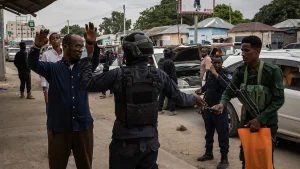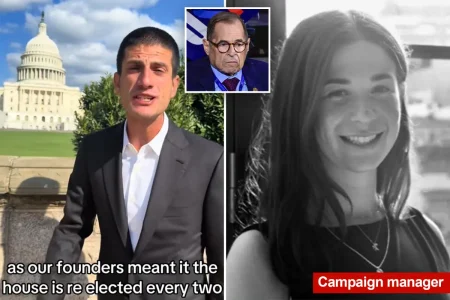Trump’s Claims on “Solving” India-Pakistan Conflict Angered Modi
Prime Minister Narendra Modi of India reportedly found himself deeply frustrated by former President Donald Trump’s repeated assertions that he had “solved” longstanding tensions between India and Pakistan. According to insiders familiar with diplomatic exchanges between the two nations, Modi’s irritation stemmed from Trump’s tendency to overstate his role in mediating one of the world’s most complex geopolitical rivalries. The Indian government has long maintained that the Kashmir dispute and broader India-Pakistan relations are bilateral matters that require no external intervention. Trump’s public comments claiming he had resolved these decades-old conflicts not only contradicted India’s official position but also potentially undermined Modi’s carefully crafted image as a strong, independent leader who protects India’s sovereignty. Diplomatic sources suggest that while Modi maintained cordial relations with Trump publicly, these moments of hyperbole from the former president tested the relationship behind closed doors.
The tension reportedly peaked following several international summits where Trump, in unscripted remarks to the press, characterized himself as having definitively settled hostilities between the nuclear-armed neighbors. These statements came despite no significant breakthroughs in India-Pakistan relations during Trump’s presidency, and in fact, the period saw several escalations including military exchanges along the Line of Control in Kashmir. Modi, known for his strategic approach to international relations, was placed in the uncomfortable position of having to correct these mischaracterizations without openly contradicting the leader of a crucial strategic partner. Indian diplomatic channels reportedly worked overtime to clarify their country’s position while maintaining the appearance of strong U.S.-India ties, illustrating the delicate balancing act required when dealing with Trump’s often unpredictable statements on complex international affairs.
What made these interactions particularly challenging was the broader context of the U.S.-India relationship, which both leaders had publicly committed to strengthening. The Modi administration had invested significant political capital in building closer ties with Washington as a counterbalance to China’s growing influence in Asia. Trump’s misrepresentations of his role in South Asian geopolitics created unnecessary complications in this strategic partnership. Indian officials were particularly concerned that Trump’s claims could be interpreted by Pakistan as American favoritism toward India, potentially further destabilizing regional dynamics. Additionally, domestic political considerations made it difficult for Modi to accept any suggestion of foreign mediation in what India considers strictly internal matters, as such acceptance could be perceived by Indian voters as weakness or compromise of national sovereignty.
The diplomatic friction resulting from Trump’s comments revealed deeper differences in how the two leaders approach international diplomacy. Modi, despite his nationalist rhetoric, typically exercises caution in diplomatic statements, carefully weighing the potential implications of his words on regional stability and India’s international standing. Trump’s more improvisational approach to foreign affairs, characterized by bold claims and personal relationships over institutional processes, created predictable tensions when applied to the sensitive landscape of South Asian politics. This fundamental difference in diplomatic style reportedly led to moments of significant frustration for Modi and his advisors, who found themselves repeatedly managing the fallout from Trump’s statements rather than advancing substantive aspects of the bilateral relationship.
Beyond the immediate irritation, these episodes highlight a recurring challenge in international relations: how leaders’ personalities and communication styles can impact substantive diplomatic progress. While the U.S.-India relationship continued to strengthen in areas like defense cooperation and trade during Trump’s presidency, insiders suggest that these moments of friction consumed diplomatic bandwidth that could have been directed toward more productive endeavors. The situation also illustrates how even well-established diplomatic relationships can be strained by misaligned public messaging. For Modi, whose political brand is built partly on projecting strength and independence in foreign affairs, Trump’s claims presented a particular challenge that required careful navigation to maintain both domestic political standing and international partnerships.
As both countries continue to navigate their complex relationship, this episode serves as a reminder of how personal dynamics between leaders can both advance and complicate international relations. While the overall trajectory of U.S.-India ties remained positive despite these tensions, the interactions demonstrate how misunderstandings and mischaracterizations at the highest levels of government can create ripple effects throughout bilateral relationships. For Modi, managing Trump’s unpredictable statements while maintaining India’s strategic autonomy required sophisticated diplomatic maneuvering. For American diplomats, the experience offered lessons about the sensitivities surrounding India’s approach to regional conflicts and the importance of respecting India’s firmly held positions on issues it considers central to its sovereignty, regardless of who occupies the White House.










